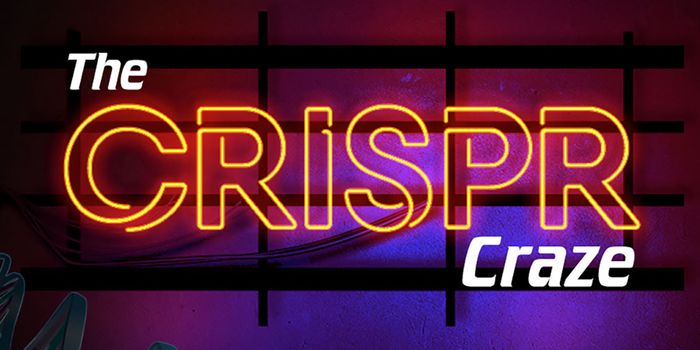Industrial and small scale pollution has had a negative impact on the biodiversity in ecosystems and public health for centuries, but has substantially increased within the last 200 years. There are several types of pollution: air, water, and soil. There are two approaches used to reduce pollution: 1. reduce consumption or usage of a polluting product, and 2. treatment of wastes, discharges and disposals of a pollutant. Recently new emphasis has been put on bioremediation, which uses naturally occurring or genetically modified microbes to clean up pollution, as scientists come up with new strategies to utilize bacteria against mercury, oil spills, and radioactive waste.
The use of microbes, fungi, and other naturally occurring or genetically modified bacteria is becoming more important for the cleanup of heavy metals and organic compounds that are hard to degrade. Bioremediation provides us with a method to combat the extensive pollution that we emit into our air, waters, and soil.









